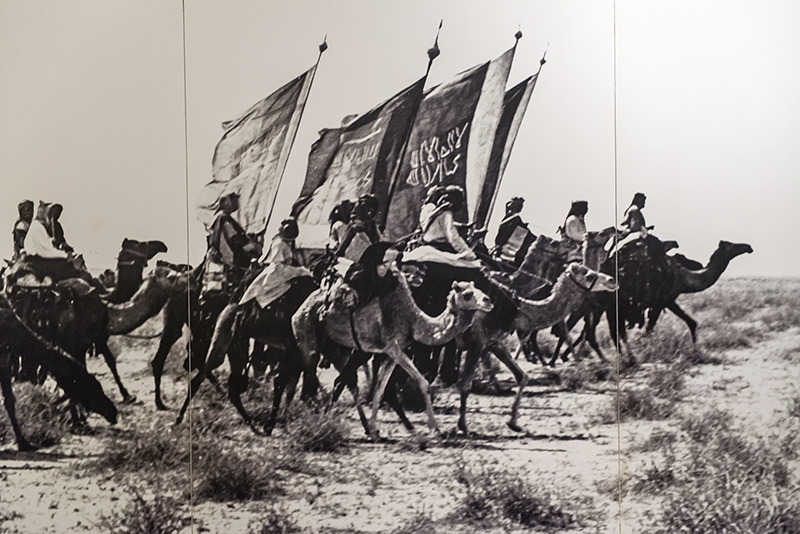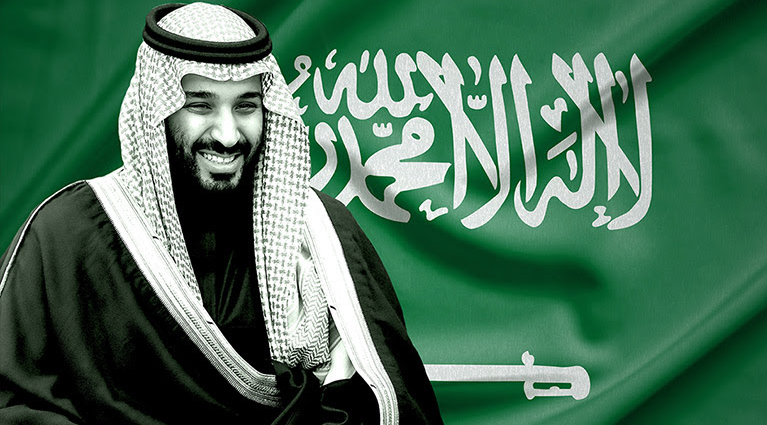A journalist dying in a pool of blood, 200 princes in jail in one month, thousands of children dying of hunger in Yemen. This is the legacy of the first year of the recently appointed Crown Prince Mohammed bin Salman. After initial enthusiasm about his widely anticipated reforms, the tables have turned. The murder of Jamal Khashoggi this October proved to many in the West that the hopes for further liberalisation in the Arabic nation were likely idle. It was however far from the only indication that this would be the case. The Purge of 2017, the continued atrocities in Yemen and the house arrest of the Lebanese prime-minister are other telling examples of the disruptive activities of the Saudi Government in only the last year. Why does Saudi Arabia behave in this manner, and what could be the historical explanations for this behaviour?
In order to understand the Saudis, first its history and development much be understood. Arabia was not always Saudi. In fact, the Saudi Arabia of today is the third incarnation of a Saudi state. The Saudi dynasty was founded in the mid-18th century by Prince Muhammad bin Saud. The Arabian peninsula by then was part of the Ottoman empire, and was far from a political unity, but rather a patchwork of nomadic tribes and families. Prince Muhammad aimed to unite the entire peninsula under his rule and free it from Ottoman rule. This resulted in the foundation of the Emirate of Diriyay. The first Saudi state.
Prince Muhammad consolidated and expanded his territory rapidly by forging meaningful alliances, most notably with Muhammed bin Abd Al Wahhab, the founder of the puritanical Islamic sect of Wahhabism. Prince Muhammad understood like no other the power of religion and used the socio-religious movement of Wahhabism for political means. T.E. Lawrence (of Arabia) described the Wahhabis later as a “sect composed of marginal medievalists”. By forging these alliances, and waging tactical warfare, the Emirate managed to control the largest part of the peninsula but was eventually crushed by the Ottomans in 1818.
Although this defeat destroyed the power of the House of Saud, it did not destroy their ambitions. In the Saudi heartland of Nejd, a broad swath of desert in central Arabia, the Saudi princes attempted to re-establish the Emirate. However, the Princes were not as like-minded as their goals and spent more time fighting each other than working in the interests of their state. Although this second Saudi state disintegrated, it did consolidate the power of the Saudis in Nejd, albeit under the Ottoman rule.

The Arab revolt of 1916 ended the rule of the Ottomans in Arabia. However, this time it was not the Saudis who rose up. The revolt was led by the Hashemite dynasty that ruled the Kingdom of Hejaz. Stretching from the south of Arabia to Syria, Hejaz controlled the Red Sea coast and the cities of Mecca and Medina. It was the wealthiest state in Arabia, and the secular Arab nationalist vision of the Hashemites ran contrary to the intentions of the Saudis. In 1924, the Saudi Emirate of Nejd invaded Hejaz, using religious imagery to justify the war. Saudi leaders called for a “Jihad”, a holy war, against fellow Muslims.
By forming alliances with violent nomadic tribes in the north, known as the Ikhwan, the Saudis waged a bloody war against the Hashemites. The Ikhwan were feared across the peninsula and had gained a reputation for killing women and children. Unfortunately, the conquest was successful, and what hopes for a secular and liberal state in Arabia were dead. Instead, as Lawrence of Arabia warned, the world got the “in place of the tolerant, rather comfortable Islam of Mecca and Damascus, the fanaticism of Nejd…intensified and swollen by success.” The state of Saudi Arabia was officially established in the 1930s, and, except for some vassal states, the Arabian unification was successful. The discovery of oil in central Arabia ensured its survival to the present day.
This overview of Saudi Arabia’s history and conception shows that the overarching goal of the House of Saud has always been to unify the entire Arabian peninsula under their rule. Ever since the 18th century, the dynasty has attempted to achieve this. It has made extensive use of religion for political purposes. The alliance with Wahhabism has been one of the main resources for the House of Saud. They also have not eschewed violent means to pursue their goals. The Saudis have used war and insurrection to achieve Arabian unification.
From this perspective, the politics of Saudi Arabia of today are easily understood. The war in Yemen, a part of the Arabian peninsula that Saudi Arabia regards as its own sphere, is the only possible outcome of the Saudi mindset. The invasion of Bahrain in 2011 falls into the same category. But not only foreign policy of Saudi Arabia is rooted in its history, but also its domestic policy is. Islam, notably Wahhabism, is an excellent way for the Saudi’s to prevent insurrection by closely linking the religious to the political domain. It is therefore impossible for the Saudi government to allow substantial liberalisation, even though the government has stated its intent to do so. In dealing with Saudi Arabia, western governments need to be strongly aware of the historical underpinnings of the Saudi state, and the structures that keep it together.
Sources
Lawrence, Shaw, & Ross, 352087 A C. (1997). Seven pillars of wisdom : A triumph. Vol. II. Fordingbridge: Castle Hill Press.
https://www.ndtv.com/world-news/saudi-controversies-under-crown-prince-mohammed-bin-salman-1928339
http://countrystudies.us/saudi-arabia/7.htm
Edited by Emil Mirchev

